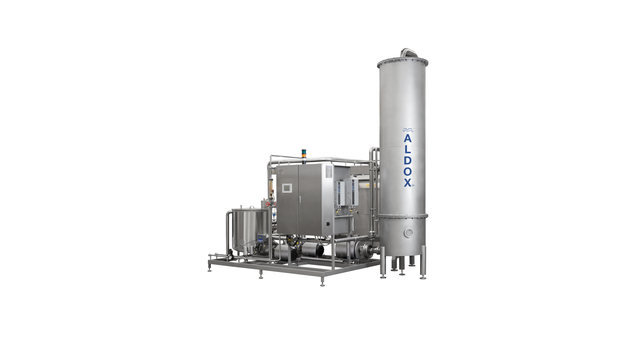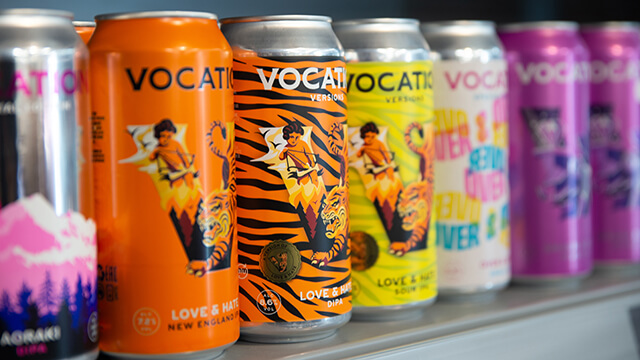Deaeration modules ambient
Brewery module to provide deaeration of water at ambient temperature. Alfa Laval’s Aldox™ range of self-contained and pre-assembled deaeration modules offer hot or cold water deaeration with DO levels down to less than 10 ppb and carbon dioxide efficiency exceeding 95% for any capacity between 10 and 1800 hl/h. Aldox™ adapts easy and efficiently to your needs for capacity, complexity, deaeration level, automation, component selection or any other requirement.
Prime-quality oxygen-free water for the brewing processes
- Automatic control and plug-and-play for minimum site work
- Sanitary, compact design with low maintenance
- Stable and reliable operation under atmospheric pressure - no pressure vessels or vacuum pumps required
- Dissolved oxygen level to below 10 ppb
- Stripping gas losses of less than 5%
Happy customers
FAQs
How much CO2 will remain in the deaerated water (DAW)?
The Alfa Laval Aldox water deaeration module works at atmospheric pressure. The CO2 content in the deaerated water will correspond to the levels found at the water temperature at atmospheric pressure. At 20°C, for instance, the CO2 concentration is approximately 1.75g/l.
What is the startup time?
The Alfa Laval Aldox Mini takes less than five minutes to be able to supply a continuous stream of deaerated water.
Do I need a deaerated water tank after the Alfa Laval Aldox Mini?
In some small breweries, it is not strictly necessary to have a deaerated water tank and routing system after the Aldox Mini. The connection to the line to be flushed can be positioned prior to the Aldox Mini. If a pressure above 2 bar (g) and higher flow rates are needed, a deaerated water tank and routing are required.
If no buffer tank is used, the Aldox goes either into circulation mode or into stand-by mode depending on the operating circumstances. When deaerated water is required again, the Aldox switches back into production mode. However, Alfa Laval recommends the use of a buffer tank if DAW needs are constant during the day and at different points in the brewery or if DAW requirements lasting several hours or more are common. During production stops, the Aldox will consume CO2 or N2 while in stand-by mode, making the use of a buffer tank more cost-effective in the long term.
How often do I need to conduct Cleaning-in-Place (CIP)?
The required cleaning frequency depends on the water quality and its impurities. However, a typical cleaning routine generally calls for CIP with a caustic cleaning agent about once or twice a month, followed by acid cleaning once every three months. You can view our webinar about CIP.
To reduce the amount of oxygen in the deaerated water produced by the Aldox, can I simply supply more CO2 into the Aldox?
No. The amount of oxygen in the deaerated water produced by the Aldox depends on the height of the column filled with packing material, not the CO2 supplied into the process.
Does the higher ambient temperature of the feed water affect the efficiency?
The higher the temperature, the lower the gas consumption since less CO2 will be dissolved into the water. The higher the temperature, the better the stripping efficiency.
What the typical commissioning time for an Aldox Mini? (A conventional Aldox will take longer.)
Commissioning generally takes about two days onsite and, given the fact that the Aldox Mini is such a simple system, it can be handled by the brewery.


